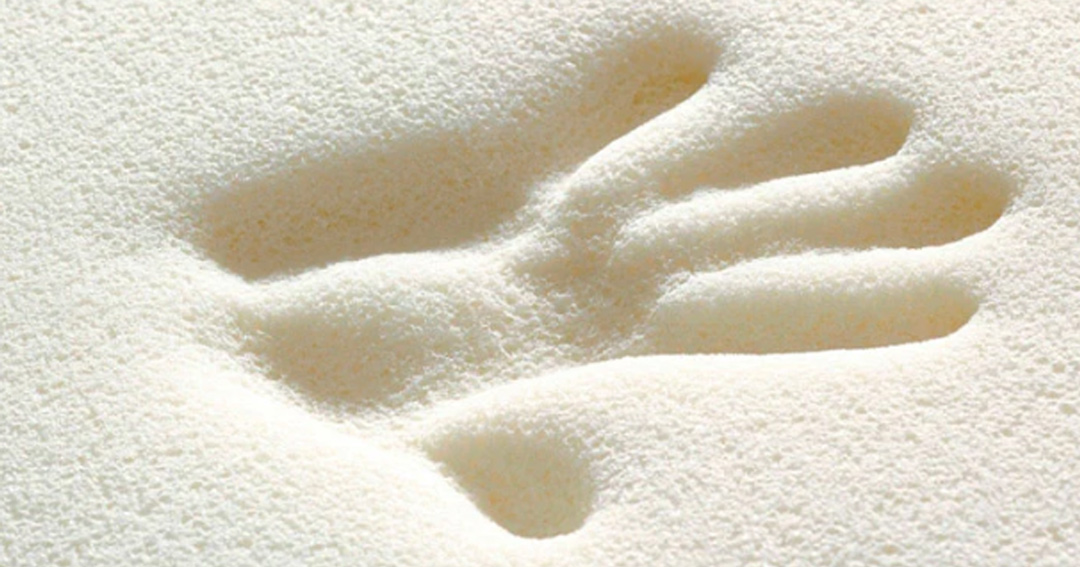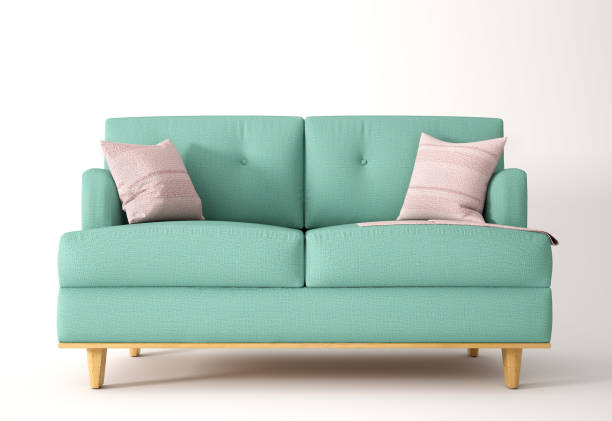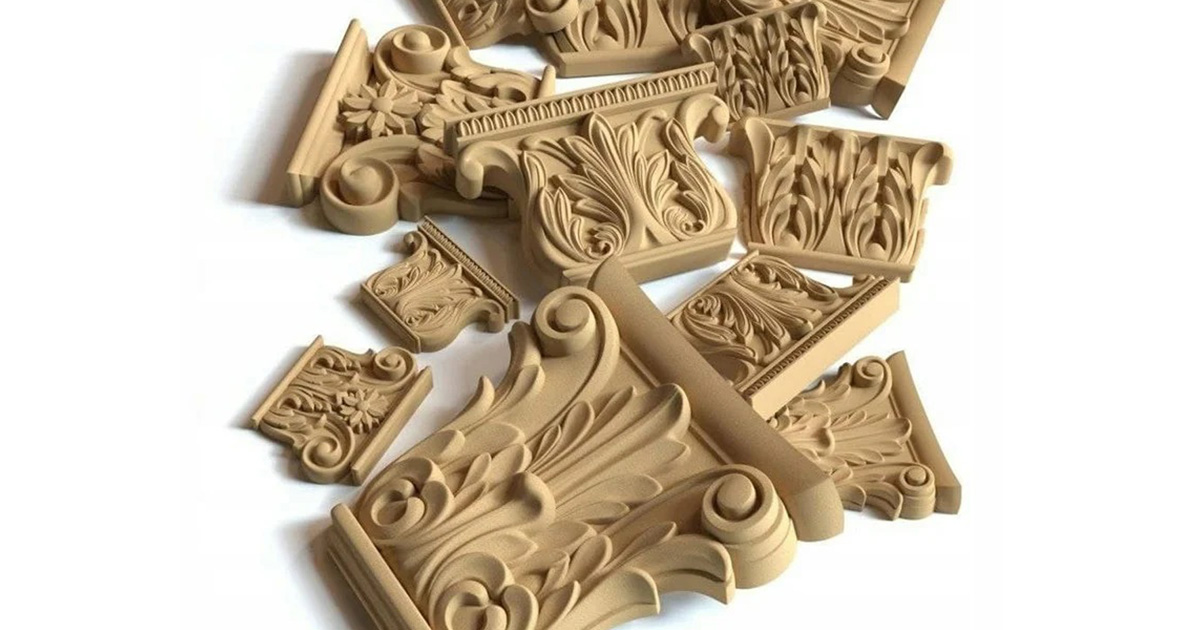Sleep product industry
Polyurethane materials, with their unique properties, have significantly impacted the bedding industry. These materials offer resistance to pressure, long-term durability, comfort, ease of production, and desirable softness to manufacturers. These features enhance the quality and comfort of the final bedding products. Various polyurethane materials are used in the bedding industry, including polyurethane wood imitation foam for making bed frames and other wooden parts, memory foam for producing orthopedic products, and cold cure foam, which provides suitable softness and is used in making mattresses and pillows. Thus, it can be confidently stated that polyurethanes have significantly contributed to the improvement of quality and comfort in the bedding industry and can serve as an ideal choice for future production. All the mentioned foams (wood imitation foam, memory foam, and cold cure foam) are offered by Imen Polymer Chemie Company.
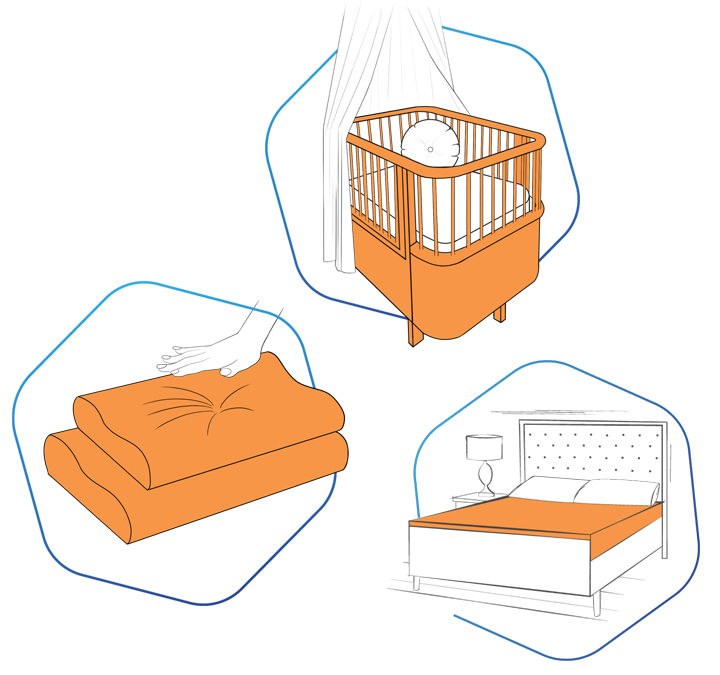


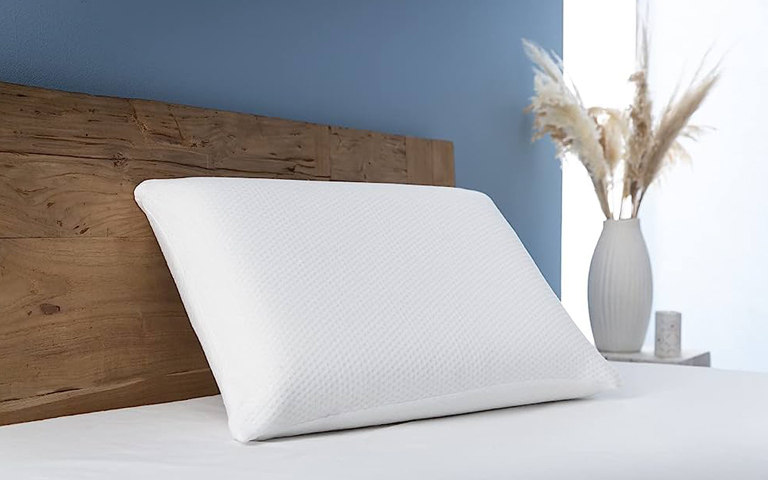
Product applications
Some applications of polyurethane foams in this industry are as follows:
- Pillows
- Mattresses
- Neck pillows (orthopedic pillows)
- Orthopedic mattresses
- Bed frames
After-sales services
We never leave you
on your own afterwards either
Imen Polymer Chemie
Some of our latest
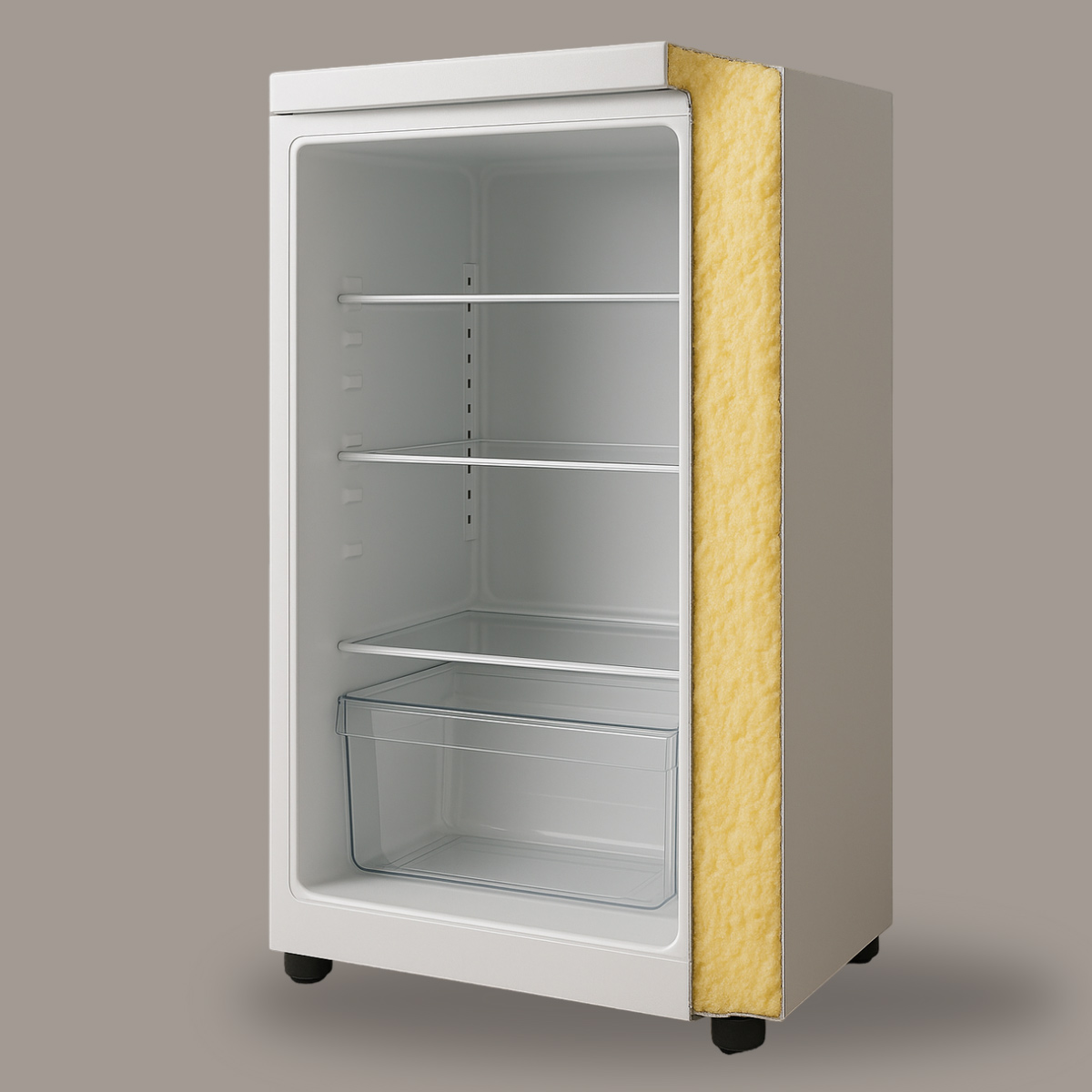
Optimizing electricity consumption in refrigerators with polyurethane insulation

The role of university–industry collaboration in advancing polyurethane technologies

Polyurethane Insulation Systems For Boilers And Solar Panels
Polyurethane in the bedding industry
The bedding industry has seen a noticeable evolution, driven by consumer demand for products that combine comfort, support, and durability. Polyurethane has emerged as a versatile material, enabling manufacturers to create mattresses, pillows, and mattress toppers that adapt to individual sleep needs. Its unique properties allow for tailored density, elasticity, and responsiveness, offering a perfect balance between softness and support.
In this article we will explore how polyurethane is transforming the bedding industry, highlighting its advantages over traditional fillings, its impact on product durability and hygiene, and how it helps manufacturers design sleep products that meet the various needs of consumers.

Polyurethane in bedding: Comfort and quality in every sleep
The bedding industry today looks for materials that can make sleep products both comfortable and long-lasting. Polyurethane, due to its properties, has become one of the most popular choices for making bedding items. It’s flexible, strong, and easy to adjust, which helps manufacturers create products that feel soft yet supportive and stay in good shape for a long time. Unlike older materials like cotton, feathers, or springs, polyurethane can be carefully designed to meet different comfort and body support needs, giving every person a more personalized sleep experience.
Using polyurethane in bedding isn’t just a passing trend—it’s a real step forward in sleep technology. By changing the foam’s density and firmness, manufacturers can build mattresses and pillows that align the spine better, reduce pressure on the body, and help people sleep more peacefully. In other words, for bedding producers who want materials that are easy to work with, efficient to make, and comfortable to use, polyurethane is the perfect choice.
Benefits of using polyurethane materials in the bedding industry
Polyurethane has many advantages that help bedding products last longer and perform better. One of its biggest strengths is adjustable comfort. The foam naturally shapes itself to the sleeper’s body, giving even support and easing pressure on the shoulders, hips, and back. This helps reduce strain on muscles and joints, which is especially useful for people with back pain or those who need extra orthopedic support.
Besides comfort, polyurethane is known for its long-lasting durability. Good-quality foams keep their shape and bounce for years without sagging or losing support, unlike traditional materials. They also allow air to flow easily, which keeps the mattress cool and prevents heat and moisture buildup. On top of that, polyurethane resists dust mites and allergens, making it a healthier option for people with allergies or sensitivities. Overall, it’s a material designed to deliver both comfort and cleanliness for a better night’s sleep.
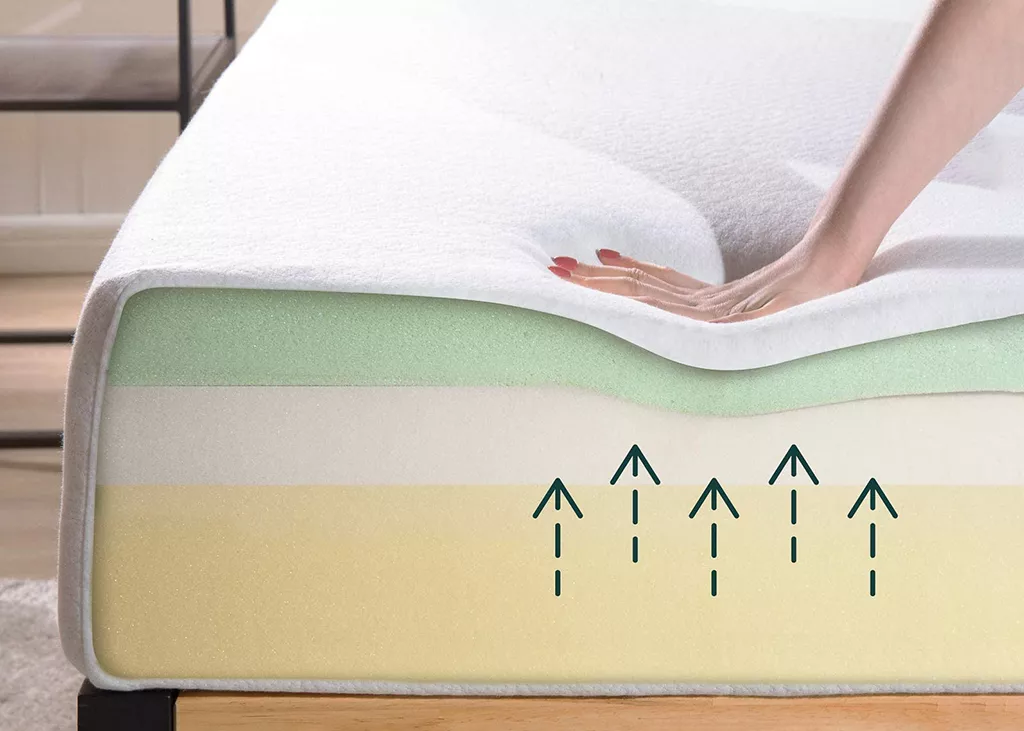
Economically, polyurethane allows for efficient manufacturing processes. Its ability to be molded into various shapes and densities reduces material waste and enables consistent, high-quality production. Manufacturers can optimize formulations for specific needs, whether that’s a soft pillow, a firm mattress core, or a hybrid sleep solution combining multiple foam types.
Applications of polyurethane in the bedding industry
Polyurethane is used extensively in bedding production due to its adaptability and performance. Its common applications includes:
Mattresses:
Polyurethane foam forms the core structure of mattresses, from standard foam beds to advanced memory foam or hybrid designs combining springs and foam layers. Its responsiveness ensures even weight distribution and long-term durability.
Pillows:
Polyurethane pillows keep their shape well and provide steady support, helping to keep the spine properly aligned while staying comfortable. They come in different types — from soft, cozy pillows to firmer ones designed to support the neck and shoulders.
Mattress toppers:
Polyurethane toppers provide additional comfort and cushioning, improving the sleep surface without replacing the entire mattress. These toppers also enhance airflow and temperature regulation.
Upholstery and cushions:
Beyond regular bedding, polyurethane foam is also used in sofa cushions, recliners, and decorative furniture, offering suitable strength and steady comfort.
Bed frame:
Polyurethane foam (wood-imitation polyurethane foam) is increasingly used in making bedding frames and headboards. It offers the same solid, elegant appearance as natural wood but is much lighter and easier to shape. It’s also resistant to cracking, moisture, and deformation, which makes it a long-lasting and practical alternative to real wood in the bedding industry.
Overall, by using polyurethane, bedding manufacturers can produce items that meet what customers really want — products that are high in quality, built to last, and designed with comfort and health in mind.
Types of polyurethane foam used in bedding
The adaptability of polyurethane comes from its ability to be formulated into different types of foam, each suited for specific applications in bedding; including:
Memory foam
Memory foam is known for slowly returning to its original shape after being pressed. It gently molds to the body’s curves, giving personalized support and reduce pressure and distribute weight evenly. This tension reduction makes sleeping more comfortable. Because of these features, memory foam is widely used in mattresses and pillows designed for orthopedic or medical use, where proper body support really matters.
Latex like foam
Latex-like polyurethane foam offers a bouncy, elastic feel similar to natural latex but with enhanced durability and cost-efficiency. It is breathable, resilient, and hypoallergenic, making it suitable for consumers seeking comfort without losing hygiene or longevity. Latex-like foam is ideal for those who prefer a springy, supportive sleep surface rather than the slow contouring of memory foam.
Wood-imitation foam
Wood-imitation polyurethane foam is engineered for decorative and structural bedding components, such as headboards, mattress bases, and bed frames. It has the rigidity and texture of wood while remaining lightweight, easy to handle, and moldable, providing manufacturers with a versatile alternative to traditional wood specially in furniture designs.
Cold cure foam
Cold-cured polyurethane foam features an open-cell structure that improves air circulation and ensures consistent elasticity and support. It is highly durable, keeps its shape and resilience over long-term use. Cold cure foam is especially effective in high-quality mattresses and pillows, offering a balance of firmness, breathability, and comfort.
Rebound foam
Rebound foam, sometimes called reconstituted foam, is made by compressing and bonding small pieces of polyurethane foam into a dense and durable block. It’s strong, firm, and highly resilient, which makes it ideal for mattress bases, cushions, and bedding parts that need extra support. Rebound foam also helps reduce material waste, as it’s created from recycled polyurethane, offering both economic and environmental benefits for manufacturers.
Why polyurethane foam outperforms other mattress and pillow materials?
Polyurethane foam performs better than traditional bedding materials because it combines lightweight design with customizable firmness, making it easier to handle, transport, and assemble compared to heavy cotton, wool, or spring cores. It also adapts to different sleeping surfaces, including adjustable beds and hybrid constructions, where conventional fillings may fail to provide consistent support. Unlike natural fibers, polyurethane is less susceptible to settling or clumping, and it does great in high-humidity or varying climate conditions without losing shape or comfort.
In addition, polyurethane offers design and manufacturing advantages that other materials can’t match. It can be produced in layered or mixed-density constructions, which allows for zoned support and enhanced edge stability in mattresses. It also works well with covers, toppers, or cooling gel inserts, expanding product innovation possibilities. For modern bedding that needs durability, hygiene, and adaptability, polyurethane provides solutions that conventional fillings simply cannot deliver.
Buy high-quality polyurethane materials for bedding manufacturers
At Imen Polymer Chemie, we specialize in providing advanced polyurethane raw materials for the bedding industry. Our portfolio includes more than 250 proprietary formulations, designed to meet diverse production needs—from soft, plush foams to high-density, cold-cured systems. Each formulation is developed with precision, ensuring consistent quality, durability, and performance.
In addition to supplying raw materials, we offer technical support, formulation customization, and guidance on optimal usage for different bedding applications. Our automated production facilities and experienced R&D team enable manufacturers to create products that go beyond consumer expectations in comfort, durability, and innovation.
Whether you are producing mattresses, pillows, mattress toppers, or decorative foam components, Imen Polymer Chemie delivers the materials that help you achieve superior sleep solutions. Contact us today to explore our polyurethane product materials and discover how we can support your bedding manufacturing goals. With our high-performance polyurethane materials, you can ensure comfort, quality, and reliability in every sleep.

Conclusion
Polyurethane has become a leading choice in modern bedding because it combines comfort, durability, and flexibility in ways that traditional materials cannot. It provides consistent support, keeps its shape over time, and helps maintain a clean and healthy sleep environment. Bedding manufacturers who use high-quality polyurethane materials can create products that last longer, perform better, and meet the diverse needs of consumers.
With a wide range of formulations from soft memory foam to firm cold-cured systems polyurethane allows for creative and innovative designs in mattresses, pillows, and other sleep accessories. Its ability to improve airflow, manage moisture, and resist allergens adds extra value for a healthier night’s sleep. Choosing the right polyurethane raw materials ensures that bedding products are not only comfortable and supportive but also reliable and built to stand the test of time.
